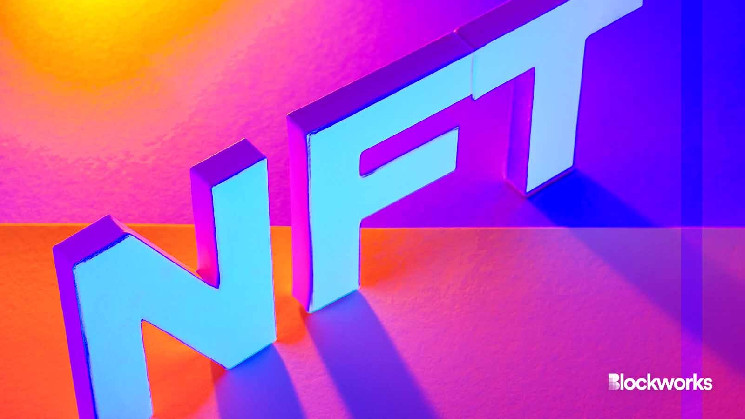NFT trading volume in 2023 was less than half of what it was in 2022. According to a CoinGecko report, it fell from $26.3 billion to $11.8 billion.
Just two years after pixelated collectibles grossed millions and Jimmy Fallon showed off his Bored Ape on The Tonight Show, digital art trading has fallen off the radar for many crypto investors.
But the recession has been slow so far. In 2022, CoinGecko’s crypto industry report found that digital art volumes fell every quarter, dropping by more than $10 billion between the first and fourth quarters.
Space’s long decline was driven by uninspiring macroeconomic conditions and high-profile collapses. These issues undermined public and investor confidence in crypto’s volatile sectors, said Rohan Handa, NFT leader at Mysten Labs.
Read more: Former OpenSea executive convicted in NFT insider trading case
The overall downturn in the NFT market is reflected in the misfortunes of OpenSea, a trading platform once valued at $13.3 billion. Trading volume was about $170 million in December 2023, after nine straight months above $2 billion between 2021 and 2022, according to a Dune Analytics dashboard.
OpenSea laid off 50% of its staff in early November. Days later, Coatue Management, one of OpenSea’s investors, is said to have written down its shares in the company by 90%.
OpenSea CEO Devin Finzer has teased upcoming product upgrades to “OpenSea 2.0.” Earlier this month, the platform debuted a wallet creation platform that only requires an email.
“OpenSea is already laying the groundwork for a large influx of new users by streamlining the buying and selling experience of NFTs by allowing users to get started with just an email,” Finzer told Blockworks in a written statement .
NFT trading saw the seeds of a reversal in late 2023 and into 2024, driven in part by the proliferation of Bitcoin Ordinal inscriptions and the excitement surrounding the Solana ecosystem.
Read more: Web3 Watch: Solana and Bitcoin Top Ethereum in NFT Sales
Blockworks spoke with several participants in the NFT space who agreed that the future of the technology goes beyond what is often dismissively described as merely trading collectible JPEGs.
The rise of NFTs in 2021 came down to “step 1 in onboarding non-crypto-native users – I see, I like, I use… We are now in the second phase of market maturity for NFTs, where the assets real life applications will be used,” said Handa.
“Rudimentary” use cases like PFPs and digital collectibles were helpful for mass adoption but led to market oversaturation, says Dirk Leuth, co-founder of metaverse gaming platform Upland.
The future of the space includes “tying NFTs to utility, gamification and financial incentives,” Leuth said.
Several sources Blockworks spoke to suggested that a resurgence in NFTs depends on the technology demonstrating its actual utility. Leuth gave the example of verifying identity for governance, reward systems or access. Handa talked about tokenizing real-world illiquid assets as NFTs to bring a representative version to the chain.
Read more: In his latest cash grab, Trump mixes NFTs and political cultism
They all showed optimism around NFT applications for gaming. A range of blockchain-native games allow users to trade in-game characters and assets as NFTs, in the hope that gaming can generate more revenue. An S&P report predicts that the market for this specific NFT application will grow by several billion dollars in the coming years.
“2024 is the year of [g]am working on NFTs,” Handa said.

